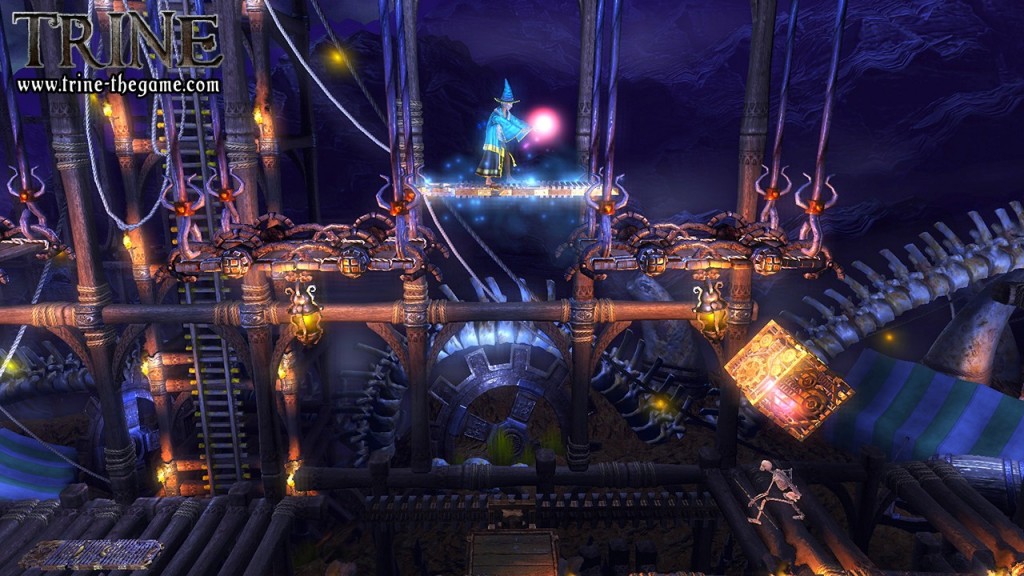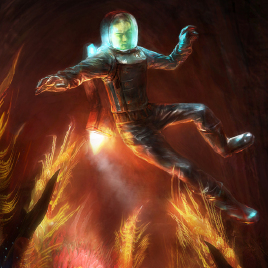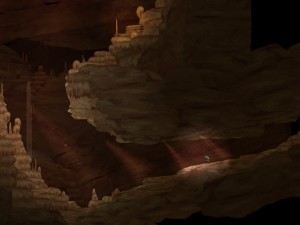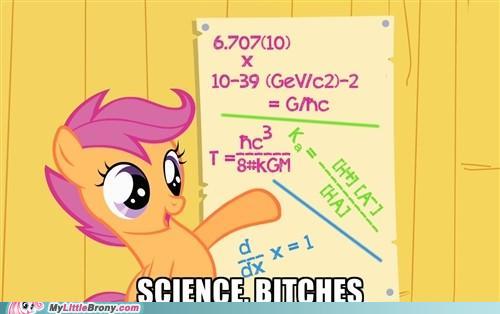The other day I was alerted to this deal, which allows you to pay as little (or as much) as you want for a pack of games in a donation that is split between the developers, the Electronic Frontier Foundation, and Child’s Play Charity. No catch, as far as I can tell: all the games are DRM-free, can be installed as many times as you want (including via Steam, if that’s your thing), and are workable on all platforms– yes, including my beloved Linux.
Now I’m not gonna deny that I’d never heard of any of the games before, but really, I’m not gonna pass up nearly-free video games, and I always have a soft spot for developers that are willing to make Linux versions of games, so I coughed up a few coins and downloaded the bundle.
So far, I’ve only played Trine:

A 3-D side-scrolling game which is delightfully pretty, easy to learn, and far more addictive than one might expect.
Don’t get me wrong: it’s nothing too complex. It’s a puzzle game that ultimately could probably be emulated fairly well in Flash. The main difference between this and your average Flash game is that it’s heavily physics-based and, oh, did I mention it’s pretty? It’s pretty, and the music is relaxing.
The premise of the game is simple: You switch between three different characters to solve puzzles and work your way through obstacles in various rooms. Your three characters are a warrior, who cuts things up with his sword, a thief, who can shoot things with an arrow and use a grappling hook, and my favorite character… the wizard. See, the wizard is probably the most clever aspect of the game, because he doesn’t fling fireballs around as one might suspect. No, his powers are levitating objects, and making MORE objects– specifically, boxes which he can use to stand on or stack on top of other things.
Anyways, you’re armed with these three characters to dispose of undead and solve puzzles. The whole game was actually sort of giving me Portal vibes, not really in the nature of the puzzles so much as the way the puzzles are arranged room by room and the whole way in which the game starts you out slowly and easily and then ramps you up in difficulty level.
But yes!
I haven’t tried out the Shadowgrounds game that comes in the pack yet, but Trine alone was worth the download. It had me hooked for a good couple of hours yesterday and I can see it having me hooked for a while to come yet.
Anyways! Do go over and take a look at The Humble Frozenbyte Bundle if you haven’t already and have a few pennies to spare. It’s to prove a good point— namely that consumers are willing to pay for what they want to support– and even if you’re not really into that, it’s games for a cent, right?









